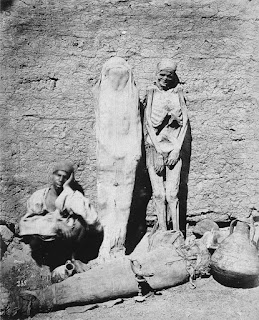The Kovno Garage Massacre - Lithuanian nationalists clubbing Jewish Lithuanians to death, 194
.jpg)
Lithuanian nationalists clubbing Jewish Lithuanians to death. Kovno (Kaunas), Lithuania, June 27, 1941. In June and July 1941, detachments of German Einsatzgruppen, together with Lithuanian auxiliaries, began murdering the Jews of Lithuania. Groups of partisans, civil units of nationalist-rightist anti-Soviet affiliation, initiated contact with the Germans as soon as they entered the Lithuanian territories. A rogue unit of insurgents headed by Algirdas Klimaitis and encouraged by Germans from the Sicherheitspolizei and Sicherheitsdienst , started anti-Jewish pogroms in Kaunas (Polish: Kovno) on the night of 25–27 June 1941. Over a thousand Jews perished over the next few days in what was the first pogrom in Nazi-occupied Lithuania. The most infamous incident occurred in what was later known as the Lietūkis Garage Massacre . During the Lietūkis Garage Massacre, carried out before the invading Germans had actually set up ...





